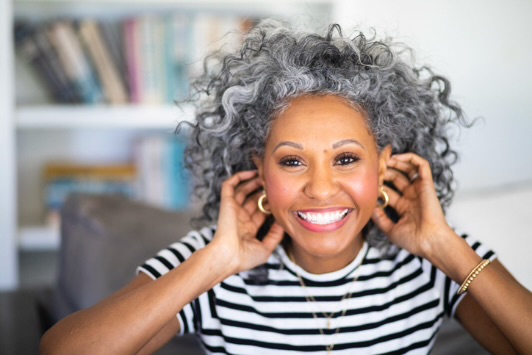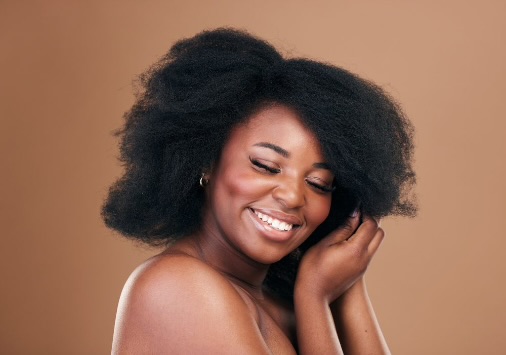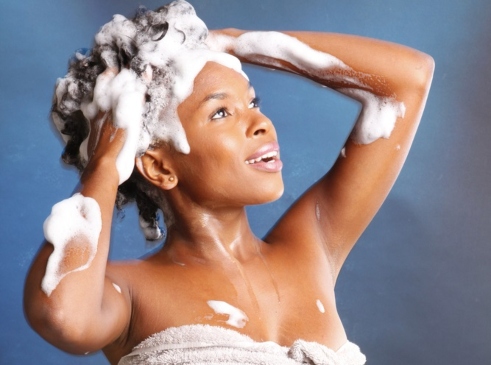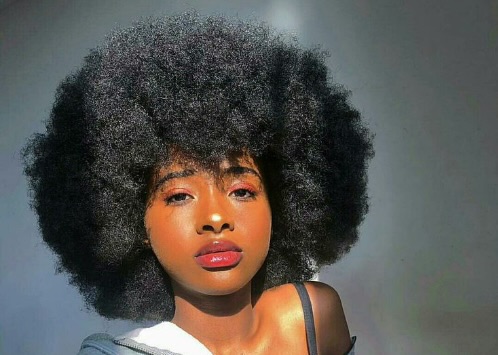For generations, gray hair has been seen as a natural part of aging — something to accept or cover up. But now, a growing number of
Black women are exploring ways to reverse premature graying and restore their natural hair color, not just for aesthetic reasons, but as an act of self-care and empowerment.
Graying hair can start early, especially among Black women due to genetics, stress, vitamin deficiencies, or underlying health conditions. And while coloring has long been the go-to solution, today’s beauty-conscious consumers are looking beyond dyes. They’re asking, “What if we could actually reverse gray hair?” The answer may lie in a mix of science, tradition, and modern wellness practices.
One of the most talked-about solutions is catalase-rich supplements. Catalase is an enzyme that breaks down hydrogen peroxide, a natural chemical that can accumulate in hair follicles and bleach the hair from the inside out. Supplements like these are marketed to help neutralize the graying process, although results can vary.
Ayurvedic herbs such as amla, bhringraj, and black seed oil are also gaining popularity. Long used in African and South Asian hair care traditions, these ingredients are believed to nourish the scalp, promote melanin production, and strengthen the hair shaft. Women are incorporating these herbs into oils, masks, and even teas to support hair from within.
Low-level laser therapy (LLLT) and scalp microcirculation treatments are another emerging frontier. These therapies aim to stimulate hair follicles, boost blood flow, and possibly slow down or reverse the aging of hair cells.
But perhaps the most powerful shift is in mindset. Black women are no longer passive participants in their beauty journeys. They’re asking questions, demanding solutions tailored to textured and melanin-rich hair, and embracing holistic wellness practices that benefit their whole body — including their crowns.
From collagen drinks to stress management, the path to reversing gray hair is becoming part of a broader lifestyle movement that centers health, heritage, and hair pride. Whether results are subtle or dramatic, the message is clear: gray doesn’t have to be forever — unless you want it to be.





